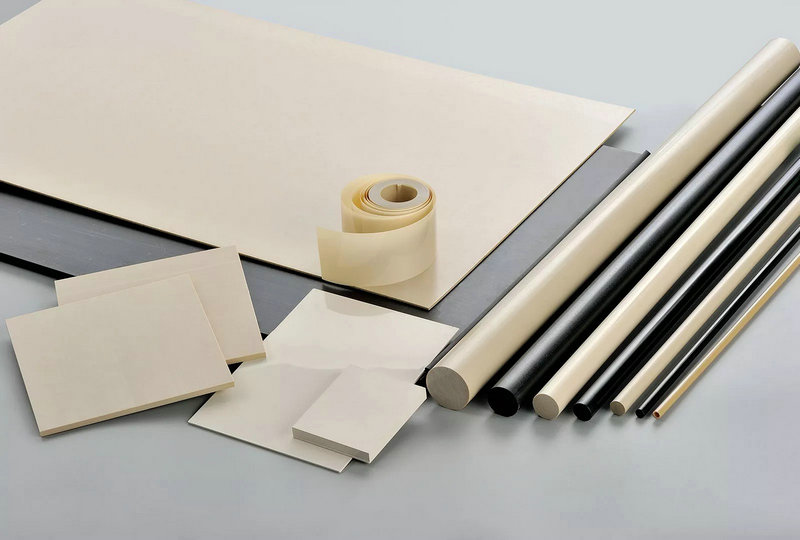
_______________________________________________________________________________________________________________________________________________________________________
PEEK (Polyether Ether Ketone) is a high-performance engineering plastic widely used in aerospace, automotive, and medical industries due to its excellent heat resistance, mechanical strength, and chemical stability. However, despite its many advantages, PEEK can be prone to deformation during processing. This issue is closely related to material properties, processing techniques, and equipment design. In this article, we will explore the causes of PEEK deformation and provide effective solutions.
During molding processes such as injection or extrusion, uneven cooling rates or excessive injection pressure can create internal stress within the material. If not released in time, these stresses may lead to warping or deformation.
PEEK has a narrow processing temperature window. Excessively high temperatures may cause the material to over-melt, resulting in dimensional instability, while too low temperatures can prevent full plasticization, increasing the risk of deformation.
Defects in mold design—such as poorly positioned gates, uneven wall thickness, or an inadequate cooling system—can result in uneven force during cooling, triggering deformation.
Parameters like injection speed, pressure, and cooling time must be precisely set. Irregular flow or cooling speed can significantly raise the chances of deformation.
Due to PEEK’s high crystallinity, it is inherently difficult to process. Prolonged injection pressure can lead to internal stress accumulation, causing warping or cracking.
PEEK is sensitive to humidity. In humid environments, it can absorb moisture, degrade in performance, and become more susceptible to deformation.
Temperature Control: Maintain mold temperatures between 200–300°C and ensure uniform heating using high-quality equipment.
Injection Speed & Pressure: Use shorter injection times and appropriate pressures to avoid stress concentration.
Cooling System: Improve the design to shorten cooling time and ensure uniform cooling.
Gate and Cooling Layout: Adopt balanced gate design to ensure even material flow.
Precision: Ensure accurate mold positioning to prevent uneven force during ejection.
Annealing: Helps eliminate internal stress and improves dimensional stability and mechanical properties.
Surface Treatment: Polishing or coating enhances corrosion and wear resistance.
Additives: Introduce plasticizers or fillers to improve flow and rigidity.
Formula Optimization: Adjust polymer molecular weight or incorporate nano-fillers for better performance.
Avoid working in humid environments to reduce the moisture absorption risk and its impact on material properties.
Modify clamping techniques or limit single-pass machining volume to reduce deformation caused by improper clamping.
Although PEEK is a high-performance engineering plastic, it can deform during processing due to factors such as internal stress, poor temperature control, or mold design issues. By optimizing processing methods, refining mold design, applying post-processing techniques, and modifying the material itself, the risk of deformation can be significantly minimized. Manufacturers should also tailor their approach based on the specific application to ensure product quality and performance.